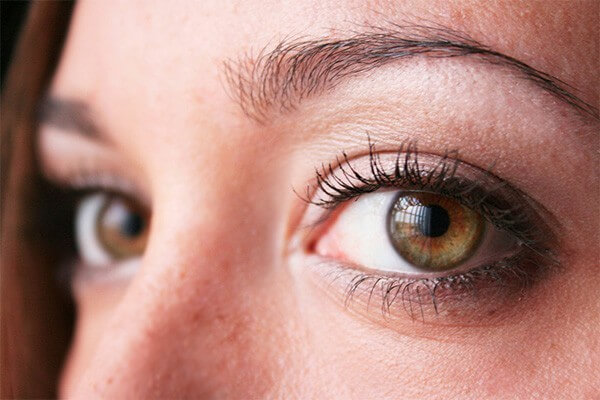 Two recent small studies on ocular rosacea yielded new findings that help in understanding its manifestations as well as the disease process.
Two recent small studies on ocular rosacea yielded new findings that help in understanding its manifestations as well as the disease process.
Researchers at Kirikkale University in Turkey found that despite a high incidence of dry eye in individuals with rosacea, corneal and conjunctival sensitivity were not significantly different from the eyes of individuals without the disorder, the first time to their knowledge that a such a study has been conducted.1
The sensitivity of the cornea and the conjunctiva -- the mucous membrane that covers the front of the eye and lines the insides of the eyelids -- was measured in 55 people with rosacea and 37 healthy individuals with a device that mechanically stimulates the ocular surface with a nylon filament. The investigators also compared sensitivity with other standard ophthalmology examination results.
They noted that while the incidence of dry eye in people with rosacea is higher than normal, it was not associated with changes in ocular sensitivity, even though subjective symptoms were reported as slightly higher by rosacea patients responding to a questionnaire that assessed ocular irritation. The researchers suggested that although ocular rosacea may result in an increased number of nerves involved in pain transmission, coexisting dry eye reduces ocular surface sensitivity. They further noted that subjective symptoms may not correlate with the objective dry eye test results.
In addition, no correlation was found between sensitivity results and results of other standard ophthalmology examination measurements. The sensitivity findings may have implications for individuals undergoing cataract or LASIK surgery, they noted.
In another study at Ege University in Turkey, researchers found that 15 ocular rosacea patients had a low value for corneal hysteresis -- a measurement of the cornea's ability to regain its shape when pressure is applied -- which has been linked to a greater risk of progression in patients with glaucoma.2
While glaucoma frequency in ocular rosacea patients was not previously investigated, the higher incidence of steroid use in rosacea and ocular rosacea patients might cause a tendency toward glaucoma, the investigators said, and a low value for corneal hysteresis may mean a faster rate of visual field loss in individuals with glaucoma.
Though results of small studies often appear obscure, they provide important information that helps physicians and researchers understand the biological and chemical underpinnings of a disease and how it may affect patients in a variety of circumstances.
References:
1. Örnek N, Karabulut AA, Örnek K, Onaran Z, Usta G. Corneal and conjunctival sensitivity in rosacea patients. Saudi Journal of Ophthalmology 2016;30:29-32.
2. Palamar M, Degirmenci C, Ertam I, Yagci A. Ocular response analyser measurements and central corneal thickness in ocular rosacea patients. International Ophthalmology DOI 10.1007/s10792-016-
0218-3.